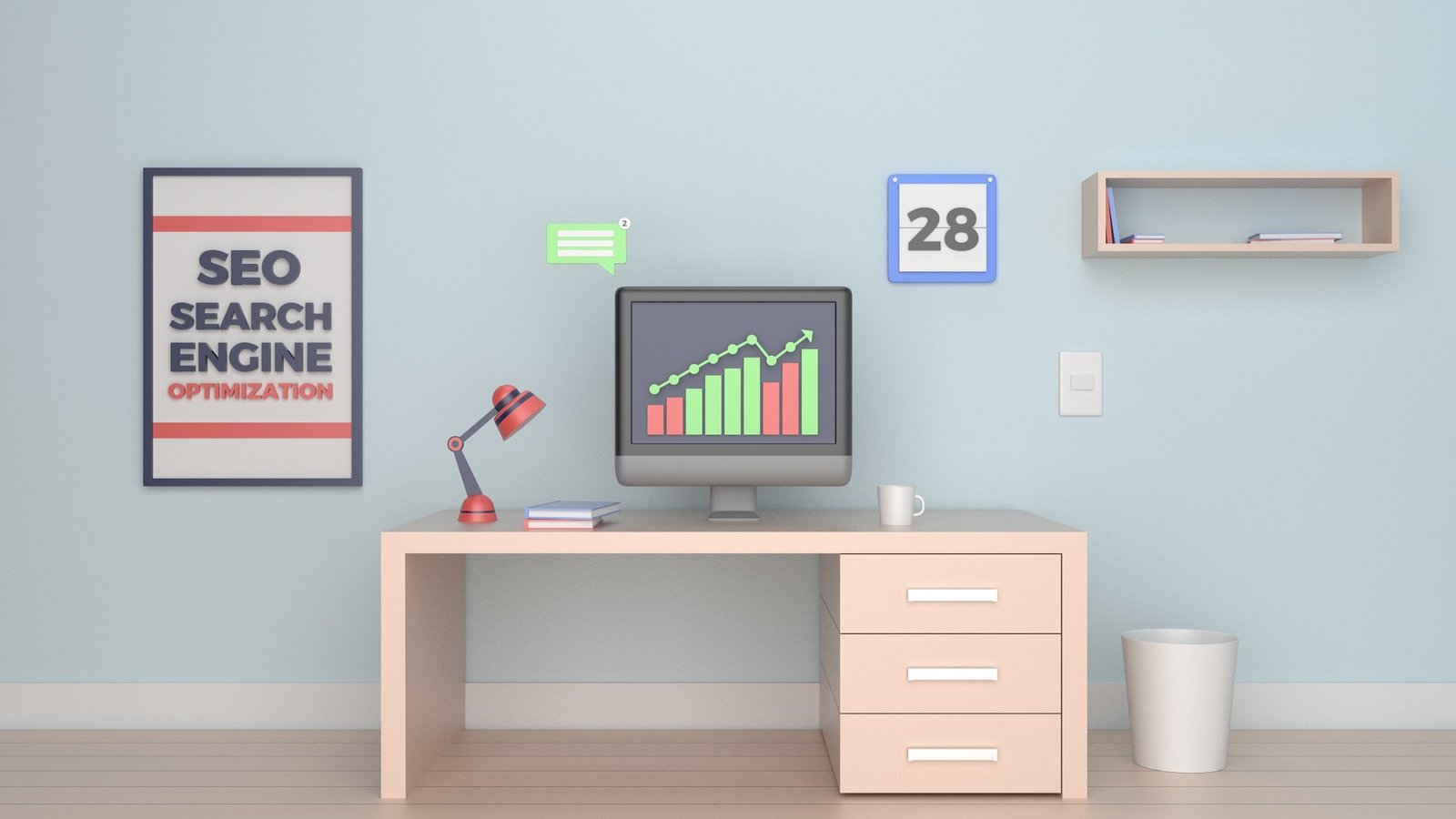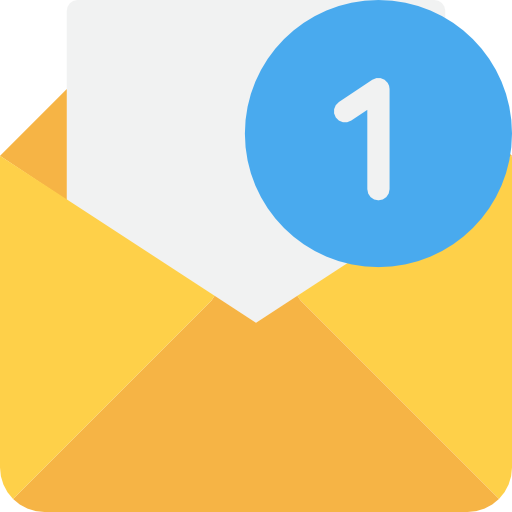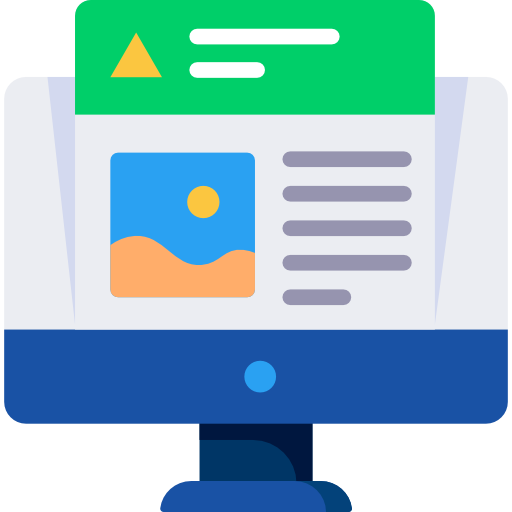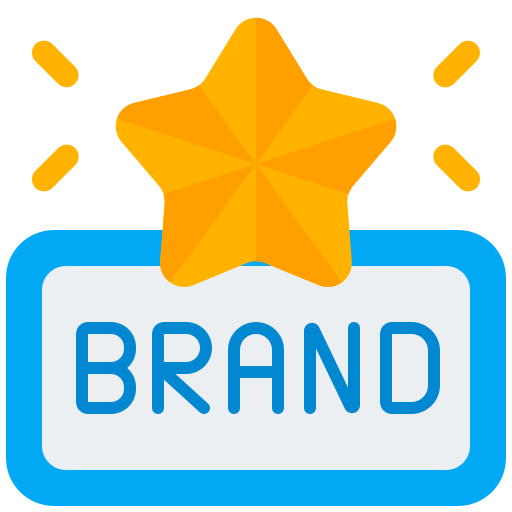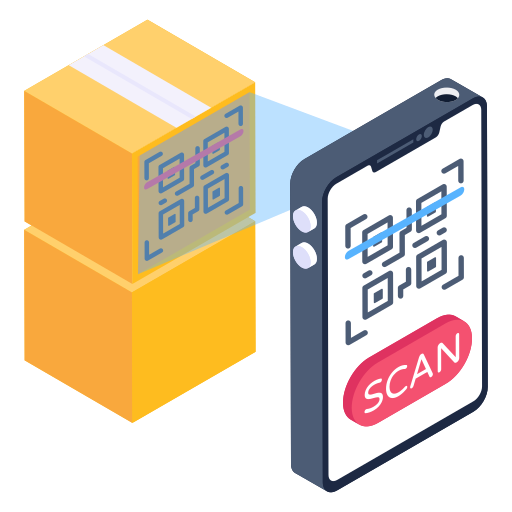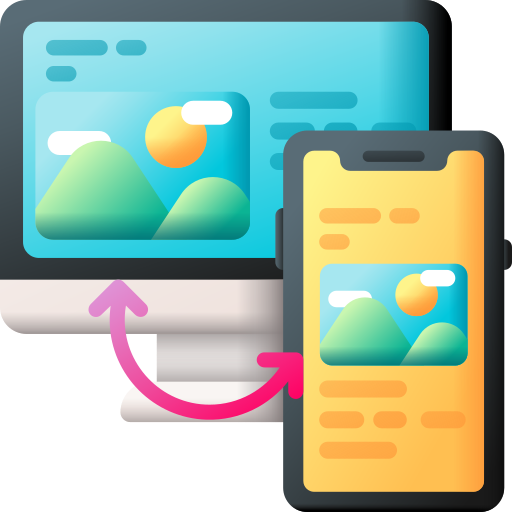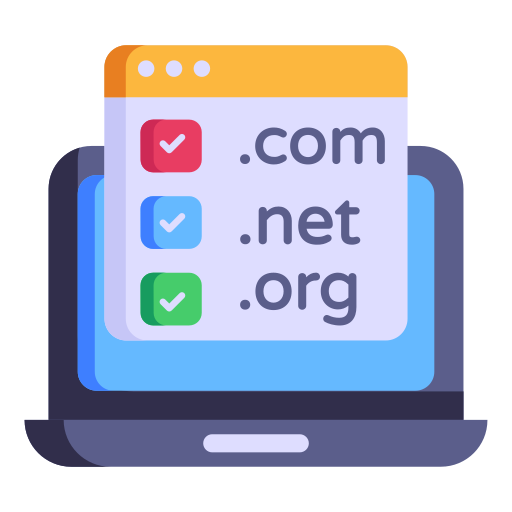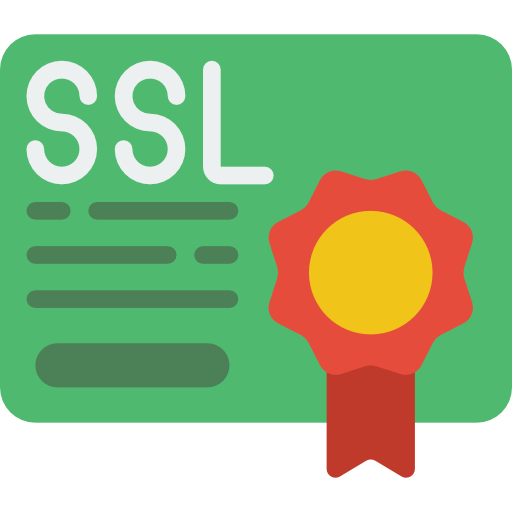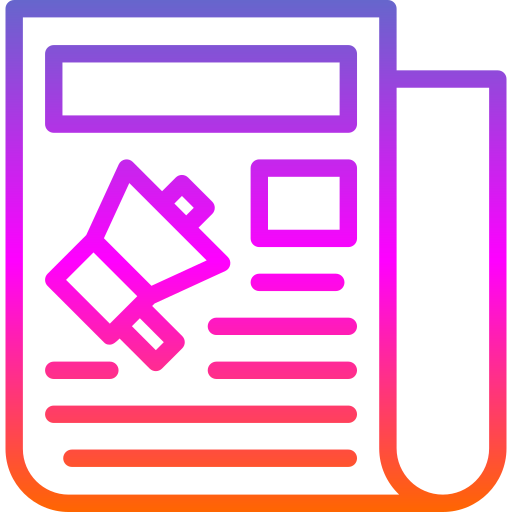Best Search Engine Optimization Practices Businesses Should Use Heading Into 2026
As search engines continue to evolve, Search Engine Optimization (SEO) is no longer about isolated tactics or quick wins. Heading into 2026, SEO is a strategic, experience‑driven discipline that blends technical excellence, high‑quality content, user trust, and brand...
Leverage AI-Powered Hyper-Personalization to Boost Business Growth
Customers expect more than generic marketing messages — they want communication that feels relevant, timely, and tailored to their specific needs. For small businesses, this used to be difficult without large teams or complex data systems. AI-powered...
Digital Ads 101- Understanding CPM, CPC & How Different Ad Formats Are Priced
Digital advertising keeps evolving — but the core payment models behind online ads remain the foundation of every successful campaign. If you’ve ever wondered “Should I run CPM or CPC?” or “How does pricing work for video, text, image, or audio ads?”, this guide...
Why “AI-Driven Personalization & Automation” Is Trending
Trending Marketing Topics (with Data) for Google + Facebook Marketers in 2025 Here are some of the biggest, evidence-based trends shaping digital marketing right now — backed by recent reports and industry data. 1. AI-Powered Personalization & Predictive Analytics...
How to Add an Email Address to Contacts AND Whitelist It on Every Major Email Platform (Complete Guide)
Below are step-by-step instructions for Gmail, Outlook, Apple Mail, Yahoo, AOL, Thunderbird, and business platforms like Microsoft 365 and Google Workspace. Universal Method (Works Everywhere) If you’re unsure which email platform someone uses, share this simple...
Why Every Small Business Needs a Website (Even If You’re Not Tech-Savvy)
In today’s digital-first world, a website is no longer a luxury — it’s a necessity. Whether you’re running a local bakery, a freelance service, or a boutique shop, having an online presence can make all the difference between being found and being forgotten. And yet,...
The Importance of a Logo: Why Your Brand Needs a Strong First Impression
When you think of brands like Nike, Apple, or McDonald’s, what comes to mind first? Chances are, it’s their logo. A logo is often the face of a brand — the first thing people see and the image they remember long after a first interaction. But it’s more than just a...
Why Every Business Needs a Brand Kit (And How It Makes Life Easier)
In today’s fast-paced digital world, consistency is king — especially when it comes to branding. Whether you’re a small business owner, startup founder, or marketing professional, keeping your brand cohesive across every touchpoint is crucial. That’s where a brand kit...
Hatching Success – Easter Marketing Strategies for Businesses
As spring unfolds its vibrant colors and nature comes to life, Easter marks a significant cultural and religious celebration for millions around the world. It's not just about Easter eggs and bunnies; it's a time when families gather, traditions are honored, and...
Unlocking the Power of QR Codes in Business Marketing
In the ever-evolving landscape of digital marketing, staying ahead of the curve is essential for businesses looking to connect with their target audience effectively. One tool that has gained immense popularity in recent years is the QR code. Short for Quick Response...
Business Cards That Leave a Lasting Impression
In a digital age where networking often happens online, the humble business card remains a powerful tool for making real-world connections. When designed thoughtfully, a business card can leave a lasting impression and help you stand out in a sea of potential...
The Crucial Role of Responsive Web Design in Today’s Digital Landscape
In today's fast-paced digital world, the way we access information has dramatically changed. With the proliferation of smartphones, tablets, and various screen sizes, websites must adapt to this diverse landscape. This is where responsive web design steps in, playing...
Factors to Consider When Determining Web Hosting Needs
Determining your web hosting needs is a crucial step in setting up and maintaining a successful website. The specific factors to consider can vary depending on your website's purpose, size, and expected traffic, but here are some key factors to take into account:...
Using Content Distribution Networks to Improve the Performance, Reliability, and Security of Delivering Web Content to Users
Here are some key benefits of using a content distribution network (CDN): Improved Website Performance CDNs have servers strategically located in multiple geographic regions. When a user requests content from a website, the CDN serves that content from the nearest...
Factors to Consider When Choosing a Domain Name
Introduction Selecting the right domain name for your website is a crucial decision. Your domain name is not just a web address; it's also a representation of your brand, identity, and online presence. Therefore, it's essential to carefully consider various factors...
The Importance of Accessibility in Website Design
In today's digital age, the internet has become an integral part of our lives, connecting people, businesses, and information across the globe. However, it's crucial to remember that not everyone experiences the web in the same way. Web accessibility in website design...
The Crucial Role of SSL Encryption for Every Website
In an age where cyber threats loom large, ensuring the security of your website is non-negotiable. One of the foundational pillars of web security is SSL encryption, and it's something that every website owner should embrace. Here's why SSL encryption is of paramount...
6 Benefits of Online Advertising
In today's interconnected world, online advertising has become a cornerstone of successful marketing strategies for businesses of all sizes. The digital landscape offers countless opportunities to connect with a global audience and achieve your marketing goals. In...
Leveraging Print Media in a Digital Age
Introduction In today's fast-paced digital age, it's easy to assume that traditional print media is on the verge of extinction. After all, the internet has revolutionized the way we consume information and communicate with one another. However, the power of print...
Fueling Success in the Web Era
Introduction In today's digital era, online marketing has emerged as an indispensable tool for businesses of all sizes. The power of online marketing extends far beyond traditional advertising methods, offering unprecedented opportunities for businesses to connect...

